Houhere Hoheria sexstylosa 'Stardust'

ABOUT
The 'Stardust' is an evergreen shrub known for its attractive, glossy green foliage and delicate flowers. The leaves of this plant are shaped like small elongated ovals with a smooth texture and a somewhat serrated edge, presenting in a fresh, vibrant green color that remains throughout the year. During flowering seasons, the 'Stardust' produces abundant clusters of white, star-shaped flowers that exude a subtle fragrance, adding sensory appeal to gardens. The overall form of the plant is dense and bushy, creating a lush appearance suitable for hedging or as a stand-alone feature in a mixed border. The shrub's flowers are particularly appealing to a variety of pollinators, including bees, which can often be seen buzzing around the blooms when they are in season. With its attractive features, the 'Stardust' is often used to bring a touch of elegance and freshness to landscapes.
About this plant
 Names
NamesSynonyms
Lacebark, Ribbonwood, New Zealand Linden
Common names
Hoheria sexstylosa 'Stardust'.
 Toxicity
ToxicityTo humans
The Lacebark tree is not widely documented as a toxic plant to humans. There is limited information about the toxic properties of Hoheria sexstylosa 'Stardust' if ingested. Therefore, while typical symptoms of plant poisoning can include nausea, vomiting, diarrhea, abdominal pain, and allergic reactions, these have not been specifically associated with the Lacebark tree. It is always advisable to avoid ingesting plants that are not known to be edible and to seek medical advice if you suspect poisoning.
To pets
The Lacebark tree, similar to its effects on humans, does not have a widespread reputation as being toxic to pets. There are no specific reports on the toxicity of Hoheria sexstylosa 'Stardust' to household pets, such as dogs and cats. However, as with any non-food plant, ingestion could potentially cause mild gastrointestinal upset such as vomiting or diarrhea. If you suspect your pet has ingested part of a Lacebark tree, it is wise to monitor them for any signs of illness and consult your veterinarian.
 Characteristics
CharacteristicsLife cycle
Perennials
Foliage type
Evergreen
Color of leaves
Green
Flower color
White
Height
10-15 feet (3-4.5 meters)
Spread
8-10 feet (2.4-3 meters)
Plant type
Tree
Hardiness zones
9
Native area
New Zealand
Benefits
 General Benefits
General Benefits- Ornamental Value: Hoheria 'Stardust' is admired for its attractive foliage and starry white flowers, contributing to the aesthetic appeal of gardens and landscapes.
- Habitat Support: It offers a source of nectar for pollinators such as bees and butterflies, supporting local biodiversity.
- Privacy Screening: With its dense growth habit, Hoheria 'Stardust' can be used to create privacy screens or hedges in gardens.
- Shade Provider: As a tree, it can offer shade in garden areas, making outdoor spaces more comfortable during sunny days.
- Windbreak: The tree's structure can act as a windbreak, protecting smaller plants and reducing wind speeds in gardens.
- Seasonal Interest: Hoheria 'Stardust' has seasonal flowering and potential autumn color, adding year-round interest to spaces.
- Erosion Control: Its root system can help stabilize soil, preventing erosion on slopes and in certain landscapes.
- Wildlife Haven: The tree can provide shelter for birds and other small wildlife, creating a small habitat within the garden ecosystem.
 Medical Properties
Medical PropertiesThis plant is not used for medical purposes.
 Air-purifying Qualities
Air-purifying QualitiesThis plant is not specifically known for air purifying qualities.
 Other Uses
Other Uses- Hoheria 'Stardust' wood can be used in woodworking projects for making small objects, as it is typically a manageable size and can be worked into detailed pieces.
- The fibers from the bark of the Lacebark may be explored for use in textile industries, particularly for creating strong, durable fabrics.
- The leaves of Lacebark can be used as a natural dye for textiles, yielding colors that may vary depending on the mordant used.
- In landscape design, Lacebark can be used to create privacy screens or windbreaks due to its dense foliage.
- The flowers of Lacebark can provide edible nectar and may be used in the production of specialty honeys when bees have access to their blooms.
- Lacebark can act as a host plant for certain species of butterflies and moths, thereby supporting biodiversity and natural pest control in gardens.
- The plant's dense and intricate branching pattern can be used as inspiration for patterns in art and design projects.
- Lacebark can be used in educational settings as an example of a plant with interesting botanical features like its hexastylous (six-styled) flowers.
- The plant's resilient nature makes it suitable as a pioneer species for reforestation projects, particularly in New Zealand native bush restoration efforts.
- Lacebark dried seed pods can be incorporated into floral arrangements and crafts for their ornamental value.
Interesting Facts
 Feng Shui
Feng ShuiThe Lacebark is not used in Feng Shui practice.
 Zodiac Sign Compitability
Zodiac Sign CompitabilityThe Lacebark is not used in astrology practice.
 Plant Symbolism
Plant Symbolism- Purity: The 'Stardust' variety of Lacebark, as suggested by the white, star-like flowers, symbolizes purity and innocence.
- Healing: Lacebark in general has a history of being used in traditional remedies, and so represents healing and recuperation.
- Protection: The tough bark of Lacebark that was traditionally used for textiles also embodies protection and resilience.
- Ethereal Beauty: The delicate appearance of its flowers gives the Stardust Lacebark an association with ethereal and otherworldly beauty.
- Adaptability: Given its ability to thrive in different conditions, Lacebark can also symbolize adaptability and versatility.
 Water
WaterLacebark should be watered deeply once a week, ensuring that the soil is moist but not soggy. This may equate to approximately 1 or 2 gallons depending on the size and maturity of the plant and the weather conditions. During hotter seasons or dryer climates, increase the frequency to twice a week. In contrast, scale back during cooler months or rainy periods to prevent overwatering. Always check the soil moisture before watering to avoid waterlogging the roots.
 Light
LightLacebark prefers full sun to partial shade to thrive. It is best to choose a spot where the plant will receive at least 4 to 6 hours of direct sunlight each day, while also providing some respite from the intense afternoon sun, especially in warmer climates. Dappled sunlight is optimal for maintaining robust growth and vibrant foliage.
 Temperature
TemperatureLacebark performs best in a temperature range of 60 to 80 degrees Fahrenheit but can tolerate minimum temperatures down to about 20 degrees Fahrenheit. They should be placed in locations avoiding cold drafts or excessive heat. The ideal temperatures for growing a lacebark would be within the temperate room range to ensure healthy growth.
 Pruning
PruningLacebark may require pruning to maintain shape, remove dead or damaged branches, and encourage new growth. The best time to prune is late winter or early spring before the new growth starts. Generally, light annual pruning is sufficient. For specific shaping or to control size, more targeted pruning may be carried out during this period.
 Cleaning
CleaningAs needed
 Soil
SoilLacebark 'Stardust' thrives in well-draining, fertile soil with a slightly acidic to neutral pH of 5.5 to 7.0. A mix containing loamy soil, compost, and some perlite or pumice will ensure proper drainage and nutrients.
 Repotting
RepottingLacebark 'Stardust' typically requires repotting every two to three years to refresh the soil and accommodate root growth. It's best done in late winter or early spring before new growth starts.
 Humidity & Misting
Humidity & MistingLacebark 'Stardust' prefers moderate humidity levels, similar to the average household environment. Aim for humidity levels between 40% and 60% for optimal growth.
 Suitable locations
Suitable locationsIndoor
Provide bright, indirect light and keep evenly moist.
Outdoor
Plant in partial shade, shelter from strong winds.
Hardiness zone
8-10 USDA
 Life cycle
Life cycleThe life of Hoheria sexstylosa 'Stardust', commonly known as Lacebark 'Stardust', begins with seed germination, which occurs in moist, well-drained soil with some warmth and light. After germination, the seedling grows into a juvenile plant with soft green leaves and establishes a root system. As it matures into an adult, Lacebark 'Stardust' develops its characteristic heart-shaped leaves and begins to form a woody trunk and branching structure. The flowering stage comes next, displaying its white, star-shaped flowers in summer, which are attractive to pollinators. Following pollination, the flowers develop into seed capsules, which eventually dry and release seeds, completing the reproductive cycle. Lacebark 'Stardust' can live for several decades, going through recurrent annual cycles of growth, flowering, and seed production.
 Propogation
PropogationPropogation time
Spring-Early Summer
The most popular method for propagating Hoheria sexstylosa 'Stardust', commonly known as Lacebark, is through semi-hardwood cuttings. This process typically takes place in late summer to early autumn. To propagate by this method, one would cut a piece of semi-hardwood—a segment of the current year’s growth that has started to mature but is not yet fully woody—usually about 4 to 6 inches (10 to 15 centimeters) long. Each cutting should have several leaves and at least one node, and the lower leaves should be removed. The cut end is often dipped in rooting hormone to increase the chances of successful root development. The cutting is then placed in a pot filled with a well-draining soil mix, ensuring that the node where the leaves were removed is buried as this is where roots will develop. The pot is kept moist and in a protected environment, such as a cold frame or underneath a plastic cover, to maintain high humidity until roots have formed, which could take several weeks.
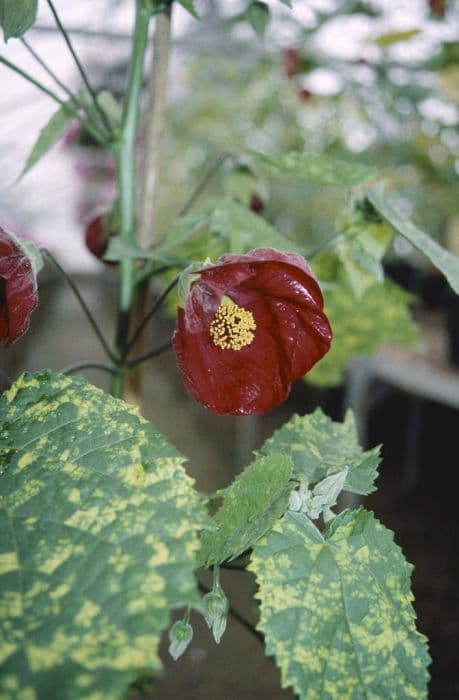
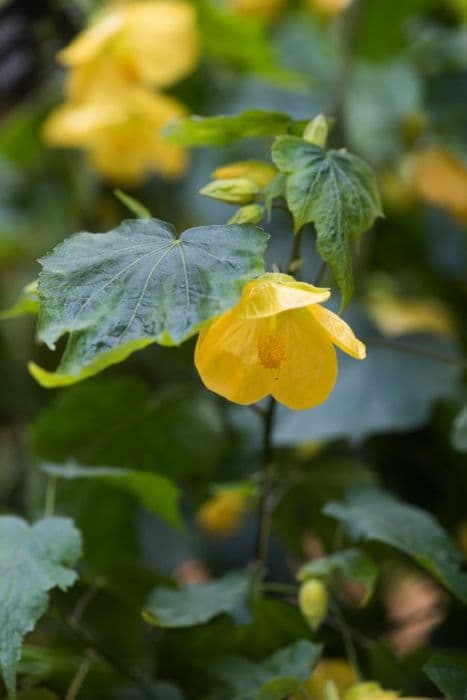
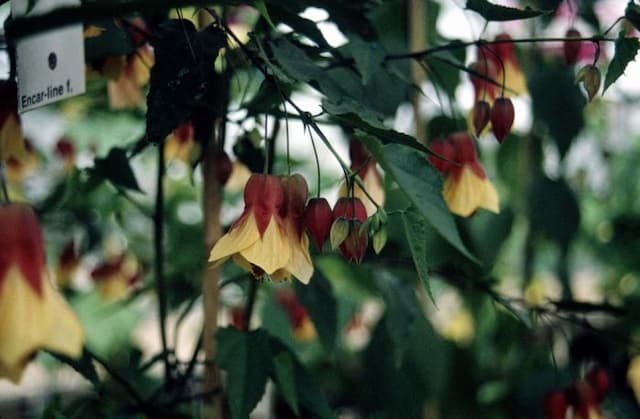
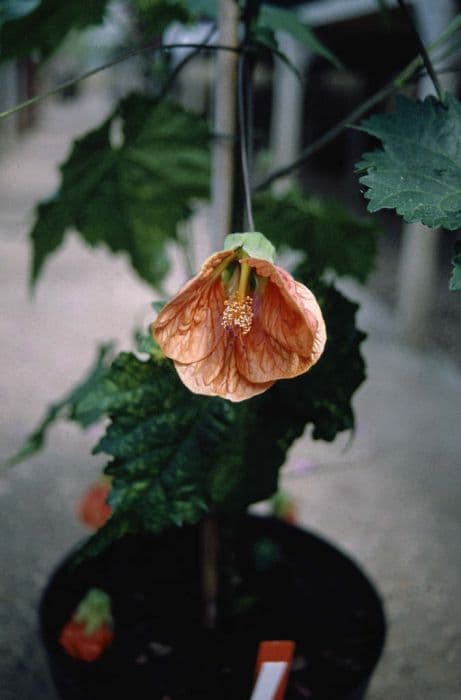
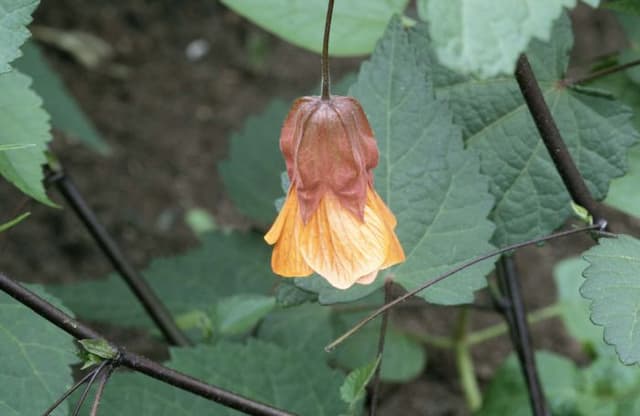

![Abutilon [Yellow Trumpet]](/_next/image?url=https%3A%2F%2Fplants-admin.emdemapps.com%2Fimages%2Fplants%2F%2Fimages%2F604b5caa8b4fb.png&w=640&q=75)

